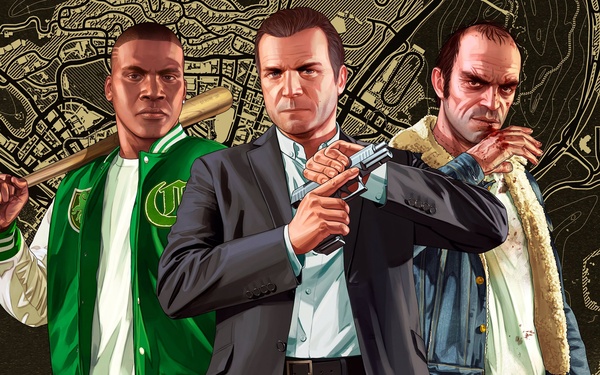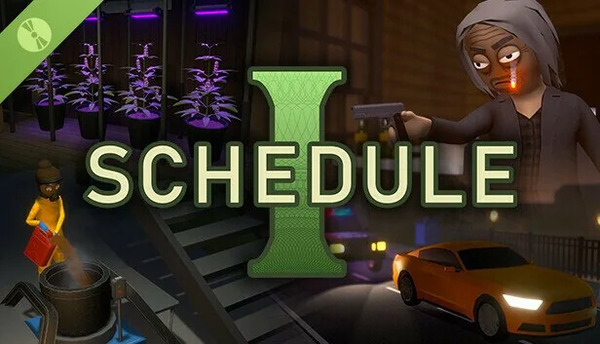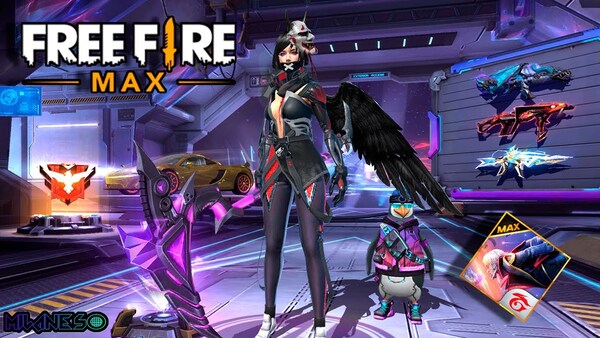Fortnite: The Ultimate Guide to Battle Royale’s Gaming Phenomenon
Fortnite has taken the gaming world by storm since its release in 2017. What began as a simple survival game has evolved into a massive online experience with millions of players worldwide. With its dynamic building mechanics, seasonal updates, pop culture crossovers, and competitive esports scene, Fortnite is more than just a game—it’s a cultural juggernaut. This in-depth guide will explore everything you need to know about Fortnite, including its evolution, gameplay systems, pros and cons, competitive modes, and why it continues to dominate the battle royale landscape.
The Beginning of Fortnite and Its Rise to Popularity
The origins of Fortnite trace back to 2011 when Epic Games first introduced the concept as a cooperative survival game. However, it wasn’t until the release of "Fortnite: Battle Royale" in 2017 that the game truly exploded in popularity. This free-to-download mode captured attention with its fast-paced gameplay, colorful graphics, and unique building mechanics.
Fortnite capitalized on the emerging battle royale trend, competing with titles like PUBG. Yet, it offered something different—construction tools that added depth and strategy. With regular updates and a commitment to evolving the gameplay, Epic Games quickly attracted millions of players.
Gameplay Mechanics That Define Fortnite
One of Fortnite’s most distinguishing features is its building system. Unlike other battle royale games, players can harvest materials like wood, stone, and metal to construct walls, ramps, and structures in real time. This mechanic adds a layer of complexity that rewards quick thinking and creativity.
Combat in Fortnite is both accessible and deep. From assault rifles and shotguns to more whimsical weapons like the Boogie Bomb or Shockwave Grenades, players are encouraged to experiment with a wide arsenal. Movement also feels fluid, with sprinting, sliding, and mantling mechanics enhancing agility.
Seasonal Updates and Live Events in Fortnite
Fortnite’s seasonal format is one of its strongest elements, keeping the game fresh. Each season introduces a new battle pass, map changes, cosmetics, and sometimes new gameplay mechanics. These updates often follow thematic narratives, like alien invasions, primal jungles, or futuristic cities.
Perhaps the most iconic are Fortnite’s live events. These in-game spectacles include everything from rocket launches to concerts by artists like Travis Scott and Ariana Grande. Such events build anticipation, community participation, and help Fortnite transcend traditional gaming boundaries.
Creative Mode and User-Generated Content in Fortnite
Creative Mode, introduced in 2018, empowers players to design their own maps, games, and experiences. This sandbox feature allows freedom beyond the battle royale format, supporting everything from racing games to roleplaying servers.
The rise of user-generated content has also fueled Fortnite’s ecosystem. Epic’s Unreal Editor for Fortnite (UEFN) offers developers professional tools to monetize and share experiences. This not only diversifies gameplay but provides aspiring game creators with a launchpad.
Crossovers and Collaborations: Fortnite’s Pop Culture Playground
A major appeal of Fortnite is its endless list of crossovers. Players can battle as Batman, swing through the map as Spider-Man, or wield a lightsaber like a Jedi. These collaborations span Marvel, DC, Star Wars, anime franchises like Dragon Ball, and even real-world figures like LeBron James.
These skins and events are more than cosmetics—they celebrate pop culture and attract diverse audiences. Fortnite’s ability to secure rights across entertainment, music, and sports makes it a cultural platform as much as a game.
Competitive Scene and Esports in Fortnite
Fortnite’s competitive scene began gaining traction with its $100 million World Cup in 2019. The tournament showcased the game’s skill ceiling and global appeal, with 16-year-old Bugha winning the solo category and becoming a gaming celebrity overnight.
Fortnite continues to host Champion Series (FNCS) tournaments, Cash Cups, and regional events. While the competitive format has seen highs and lows, the introduction of ranked mode and arena divisions ensures that serious players have a goal beyond casual wins.
Fortnite’s In-Game Economy and V-Bucks System
Fortnite uses a virtual currency called V-Bucks to purchase cosmetic items, battle passes, and bundles. While the base game is free, cosmetic purchases are a significant part of the business model.
Players can earn V-Bucks through the battle pass or buy them directly. Skins, emotes, gliders, and wraps allow for extensive customization. While there's no pay-to-win advantage, the pricing and pressure to stay trendy can concern some users and parents.
Platform Accessibility and Performance Optimization in Fortnite
One of Fortnite’s strengths is its accessibility across platforms. It runs on PC, PlayStation, Xbox, Nintendo Switch, and mobile devices. The game supports cross-play and cross-progression, ensuring a unified experience across devices.
Epic has also optimized Fortnite for various hardware levels. Whether you're on a high-end PC or a mobile phone, settings can be adjusted for performance. Cloud gaming solutions further extend accessibility, especially after mobile app store conflicts.
The Future of Fortnite and Its Evolution Beyond Battle Royale
Fortnite is no longer just a battle royale game—it’s evolving into a broader entertainment platform. With the introduction of Fortnite Creative 2.0 and Unreal Engine integration, the game aims to be a destination for creators and players alike.
Epic’s commitment to metaverse-like expansion suggests that Fortnite will continue to be relevant for years. From hosting music events to launching new narrative-driven game modes, its future looks as dynamic as its past.
Conclusion
Fortnite is a masterclass in adaptability. From a humble survival game to a global entertainment hub, its evolution is unmatched. With unique gameplay mechanics, endless customization, and an ever-growing ecosystem, Fortnite continues to redefine what online multiplayer games can be. Whether you're a casual player, aspiring creator, or competitive gamer, Fortnite offers something for everyone—and it shows no signs of slowing down.





























